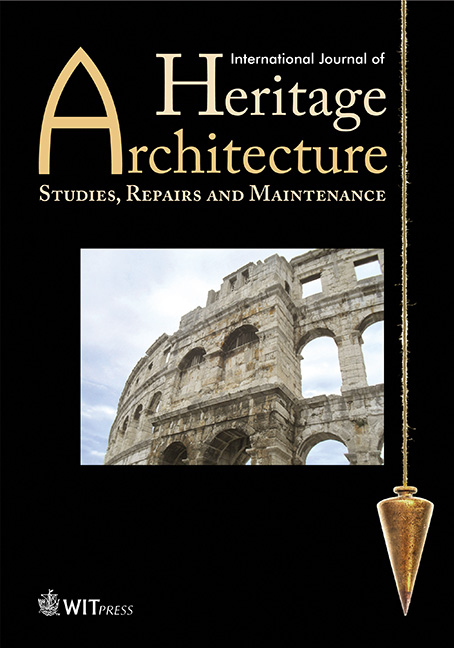ITALIAN RAILWAY STATIONS HERITAGE
Price
Free (open access)
Volume
Volume 2 (2018), Issue 2
Pages
10
Page Range
324 - 334
Paper DOI
10.2495/HA-V2-N2-324-334
Copyright
WIT Press
Author(s)
EMILIA GARDA, ALBERTO GERBINO & MARIKA MANGOSIO
Abstract
The railway station represents the most advanced product of the architectural and technical culture of the age in which it was built. Nevertheless, the heritage of the railway stations can be considered as rather fragile. The knowledge of the construction history of these building is important in order to preserve the compositive values and the innovative technical solutions embedded in the building itself, particularly in case of a restoration or a complete renewal. The article aims to illustrate how the Italian railway stations have been designed and built throughout the years. The study focuses first of all on the railway stations which marked the beginning of the railway lines such as Torino Porta Nuova and Milano Centrale, which can be considered an example of the splendour achieved by the railway stations before the Second World War. Secondly the study analyses the new railway stations which are the starting point for the high speed railway lines such as Torino Porta Susa and Roma Tiburtina. The article dwells not only on the evolution of the architectonical language and of the layout of the station, but it focuses also on the structural scheme of the roofing solutions, which in many cases represent the true element of modernity.
Keywords
conservation, passengers’ building, railway roofs, railway stations, renewal, restoration




